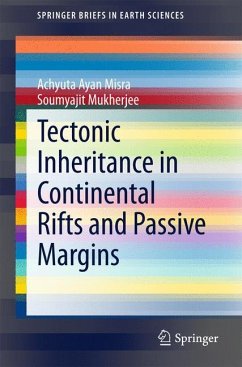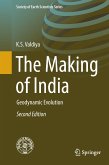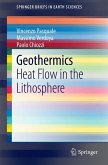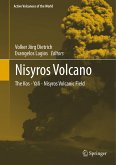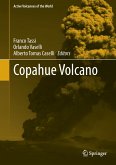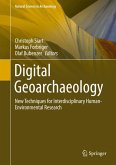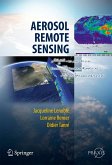This work reviews the mechanism of rifting with a focus on pre-existing tectonic weaknesses in pre-rift and/or basement rocks, i.e., on tectonic inheritance. The passive margins that are studied in this book are the Norwegian Continental Shelf, the Eastern North America and the East and West Indian Continental Margins. The continental rifts that have been analysed are the East African Rift System, the Brazilian Continental Rift Systems and the European Cenozoic Rift System. It states how rifts and passive margins serve as valuable locations for hydrocarbon exploration. Tectonic inheritance/heritage examines the influence of pre-existing/pre-rift elements on the geometry, genesis and propagation of rift-related faults. Such elements include anisotropies in the shallow crustal levels, as well as the rheology of the lithosphere. Inheritance greatly influences the architecture of rifted passive margins including the attitude of faults and geometry of horsts, (half-) grabens, transferzones etc. Inheritance is also a determining factor in the width of rifts and rift shoulder topography.
"The main purpose of this book is to provide a clear understanding on the control of pre-existing tectonic weaknesses on the evolution of rift zones and passive margins. ... This work is a good summary of the available information from previously published books and research papers ... . book will be useful to all researchers and students of geology. It will challenge them to think further. The book is one of its kind and must be welcome in college/university libraries." (Ripun Kumar Gogoi, Current Science, Vol. 110 (8), April, 2016)
"Multiple citations are frequent throughout the book on almost every topic mentioned; the authors are clearly well read. ... this is a technically challenging book. The text is specialised. ... is a useful resource for discussions of some of the famed rift systems and plate margin zones around the globe; and the extensive reference list provides a good place for keen students to pursue further detail." (David M. Jones, Proceedings of the Open University Geological Society, Vol. 2, 2016)
"Multiple citations are frequent throughout the book on almost every topic mentioned; the authors are clearly well read. ... this is a technically challenging book. The text is specialised. ... is a useful resource for discussions of some of the famed rift systems and plate margin zones around the globe; and the extensive reference list provides a good place for keen students to pursue further detail." (David M. Jones, Proceedings of the Open University Geological Society, Vol. 2, 2016)

